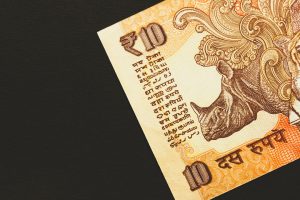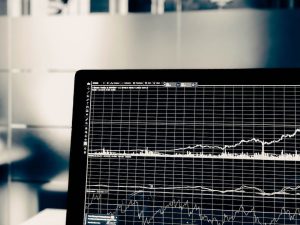In the world of foreign exchange (forex) trading, the terms “short” and “long” are used to describe the type of trade being made. While these terms may sound simple, they carry a lot of weight in the forex market and can have a significant impact on a trader’s profitability. In this article, we will explain what it means to go short or long in forex trading and how traders can use these positions to their advantage.
Going Long in Forex Trading
When a trader goes long in forex trading, it means they are buying a currency pair with the expectation that its value will increase over time. For example, if a trader buys the EUR/USD currency pair at 1.1000, they are betting that the euro will appreciate against the US dollar. If the euro does rise in value, the trader can sell it back at a higher price, making a profit.
Going long is a popular strategy in forex trading because it allows traders to profit from a rising market. This means that traders can make money even if they don’t have any insider knowledge or special skills. However, going long comes with some risks. If the market does not move in the expected direction, the trader can suffer losses.
Shorting in Forex Trading
On the other hand, when a trader goes short in forex trading, they are selling a currency pair with the expectation that its value will decrease over time. For example, if a trader shorts the EUR/USD currency pair at 1.1000, they are betting that the dollar will appreciate against the euro, and the value of the pair will decrease. If the value of the pair does decrease, the trader can buy it back at a lower price, making a profit.
Shorting is a more advanced strategy in forex trading and is typically used by experienced traders. However, it can be a profitable strategy if executed correctly. Shorting allows traders to profit from a falling market, which can be useful during economic recessions or times of financial turmoil. However, shorting also comes with significant risks. If the market does not move in the expected direction, the trader can suffer significant losses.
Using Short and Long Positions to Your Advantage
Traders can use both short and long positions to their advantage in forex trading. By analyzing market trends and using technical analysis, traders can determine when it’s the best time to go long or short. For example, if the market is in an upward trend, going long may be the best strategy. Conversely, if the market is in a downward trend, going short may be the best strategy.
It’s important to note that traders should never rely solely on short or long positions to make a profit in forex trading. These positions should always be used in conjunction with risk management strategies, such as stop-loss orders and position sizing. Traders should also be aware of market volatility and economic news that can impact the value of a currency pair.
Conclusion
Short and long positions are essential concepts in forex trading that traders must understand to be successful. Going long means buying a currency pair with the expectation that its value will increase, while going short means selling a currency pair with the expectation that its value will decrease. Traders can use both positions to their advantage, but they should always be used in conjunction with risk management strategies. By analyzing market trends and using technical analysis, traders can determine when it’s the best time to go long or short and make profitable trades.






